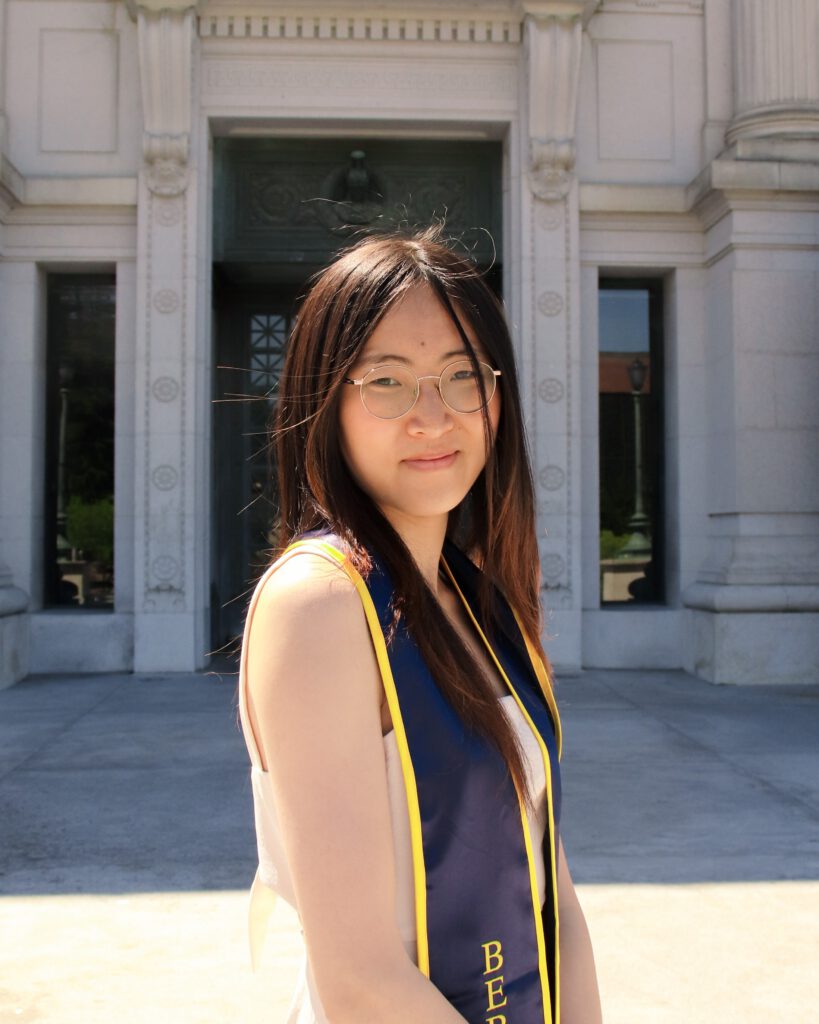
Avery interested in coupling computational enzyme design with high-throughput microfluidic assays to understand the principles of engineering dynamics in proteins. In particular, she plans to use these methods to improve enzymes that catalyze challenging reactions such as carbon capture, nitrogen fixation, and plastic degradation. She worked as an undergraduate research assistant in the Michelle Chang Lab, where she structurally characterized and engineered several Fe(II) aKG-dependent radical amino acid halogenases to understand their mechanism better and expand their substrate scope. She has a B.S. Read More
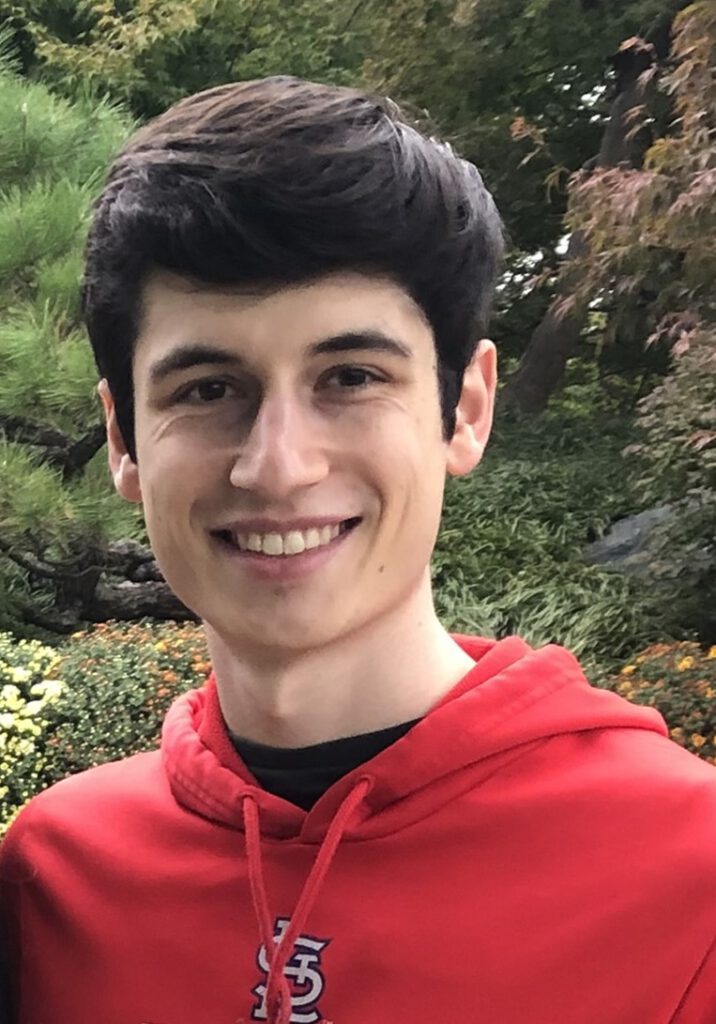
Rafi is interested in developing deep-learning methods to facilitate protein design, including novel enzymes, targeted binders, exciting nanostructures, and more. During his undergraduate studies, he worked on machine learning models for binding affinity estimation and small-molecule library generation. He has a B.S. in Molecular Biophysics & Biochemistry from Yale University. Read More
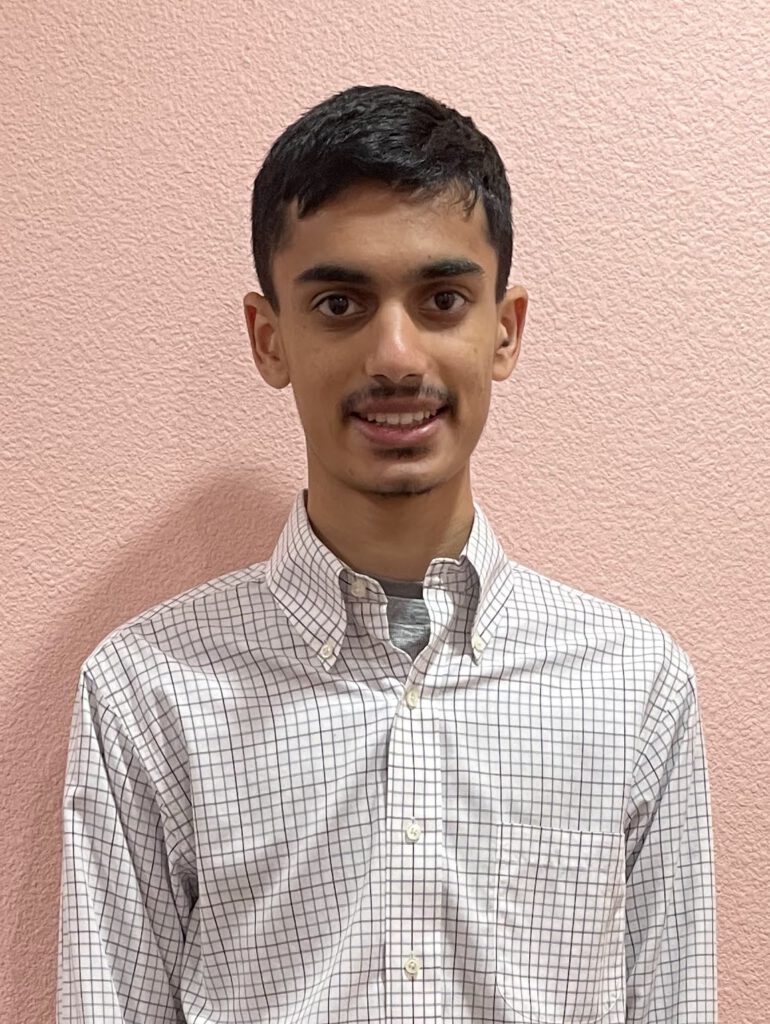
Arnav is interested in applying machine learning to protein design. He has worked on classifying protein folds in AlphaFold predictions and developing graph neural network-based force fields. He has his B.S. in Bioengineering, UC Berkeley. Read More
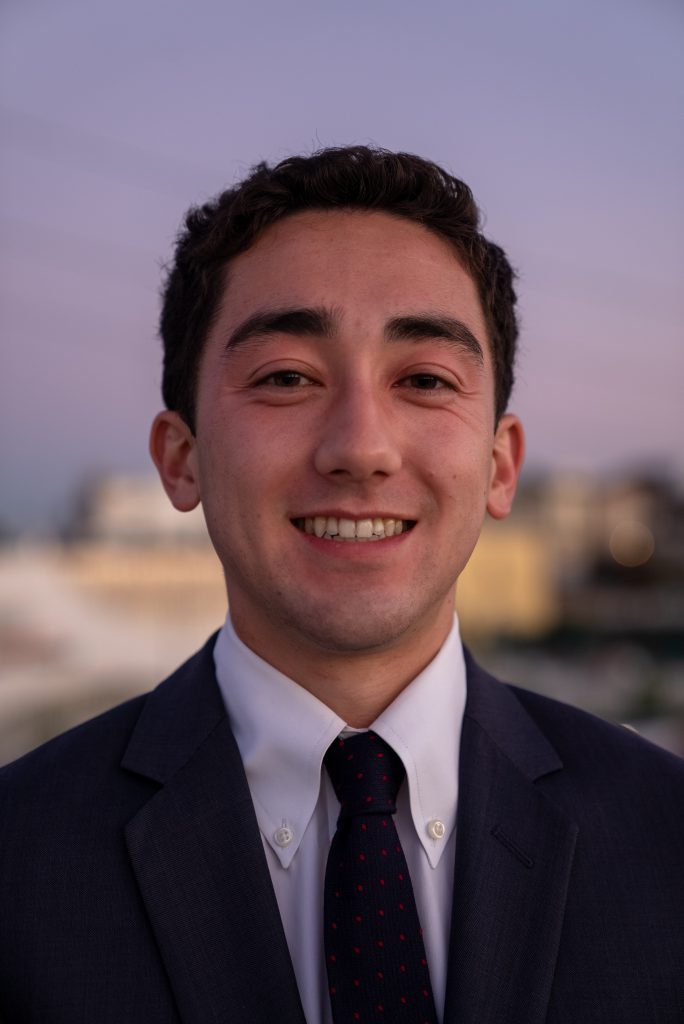
Alex is a graduate student in David Baker’s lab as well as a trainee in the University of Washington’s medical scientist training program. He aims to utilize de novo protein design to elucidate the underpinnings of complex biological mechanisms. He holds a B.S. in Quantitative Biology and an M.S. in Quantitative and Computational Biology from the University of Southern California Read More

My lab develops and uses integrated approaches for spatiotemporal, multimodal measure and control of complex living systems from molecules to tissues. We recently created protein-based sensors and actuators for chemical sensing and chemogenetic or optogenetic manipulation of cell behaviors in behaving animals. We developed polony gel (clonal DNA cluster array of ≤ 1-µm features)-based spatial barcoding and sequencing to spatially map single-cell transcriptomes and proteomes in morphologically intact tissues to study physiological, pathological, and pharmacological changes. Techniques frequently used in current projects include protein display and high-throughput screening, polony gel fabrication and sequencing, Pixel-seq, SMI-seq, mass spectrometry, and fluorescence imaging. Read More
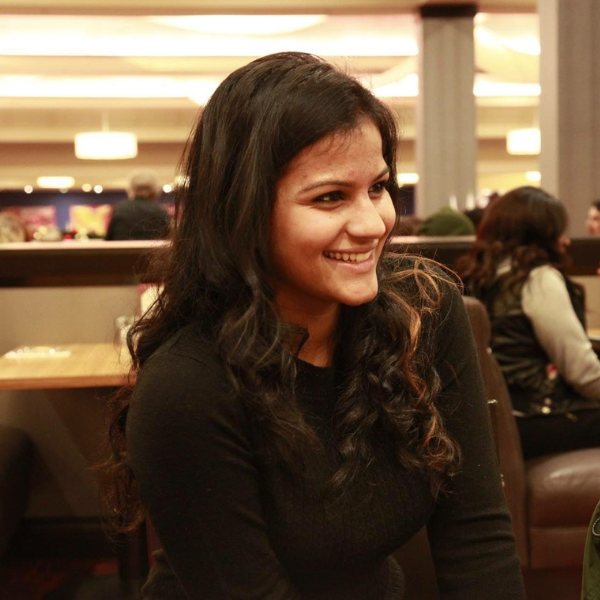
Riti is a bioengineering graduate from the University of Washington, is focused on utilizing computational protein engineering to accelerate bottlenecks in therapeutic biologics research. During her time as an undergraduate, she developed small tool proteins using Rosetta. She later contributed to protein engineering at Amgen by analyzing antibody protein structures and interfaces using computational tools like Rosetta, aiding research choices. Read More
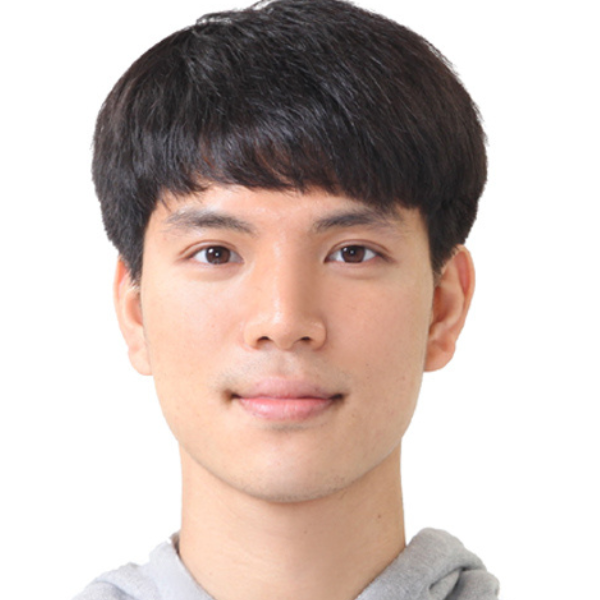
Jihun explores sequence-structure-activity relationships in proteins and applies computational methods to biocatalyst design and protein-based drug development. Formerly, he employed bioinformatics and deep learning for multi-omics and drug target discovery. He holds a B.S. and M.S. in life science from Gwangju Institute of Science and Technology, South Korea. Read More
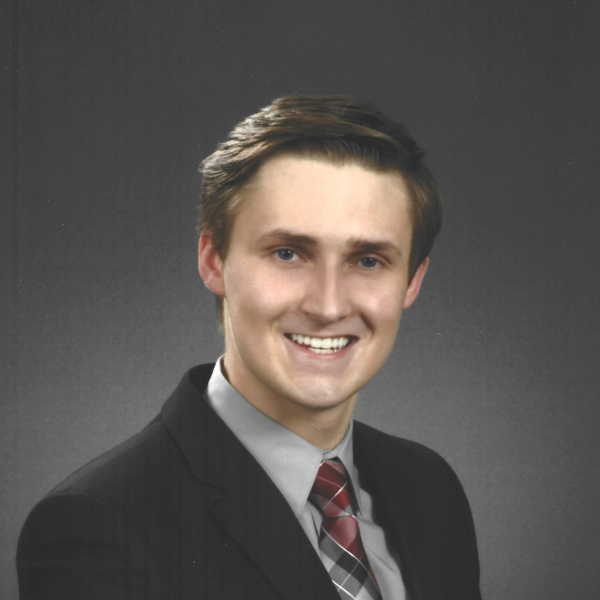
Andrew’s focus is on utilizing deep learning and generative models to create novel proteins, including enzymes for plastic degradation, molecular sensors and mechanical proteins. During his undergraduate studies, he explored the use of ultrasound images for polymerization monitoring and developed software to control lab photoreactors. He also conducted image analysis on the collected data. He holds a B.S. in chemistry and computer science from Carnegie Mellon University. Read More
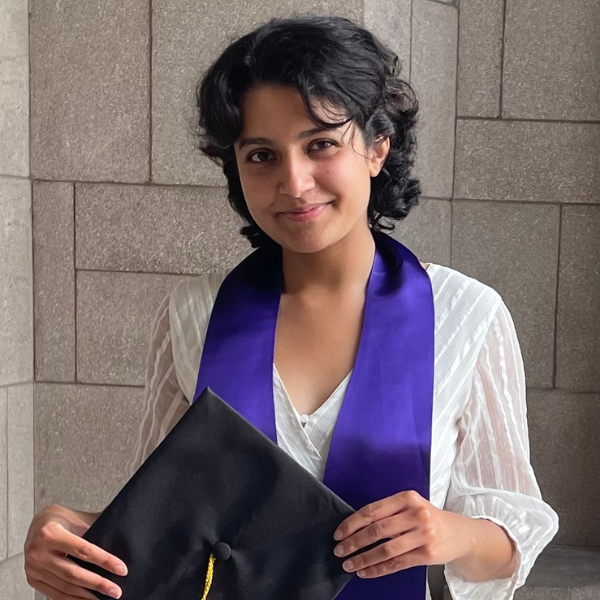
Annika focuses on developing environmentally friendly polymers from renewable sources and creating custom-designed proteins for eco-friendly purposes like sustainable nanocomposite materials and bioplastics synthesis. During her undergraduate studies, she specialized in designing novel proteins that alter oligomeric states upon peptide binding. She also contributed to the structural analysis of these proteins using nsEM and cryoEM techniques. Philomin holds a B.S. in biochemistry from the UW Read More
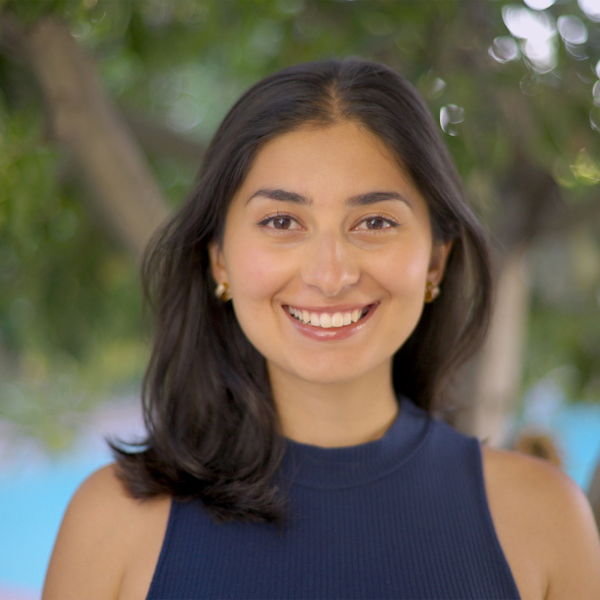
Enisha aims to use synthetic biology and protein engineering for a sustainable future. With a passion for collaborative molecular engineering, she looks forward to addressing sustainability challenges through innovative projects at UW. During her undergraduate years, she led structural biology research in her lab, pioneering cryo-EM sample preparation protocols and obtaining novel ribosome complex maps. Sehgal, a recipient of the NSF Graduate Research Fellowship, holds a B.S. in molecular, cell and developmental biology from the University of California, Santa Cruz. Read More